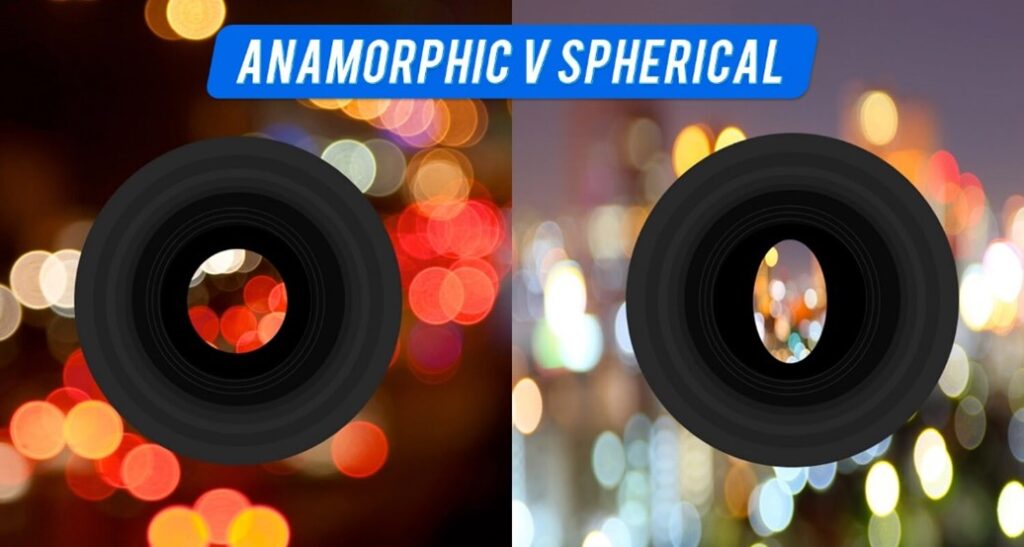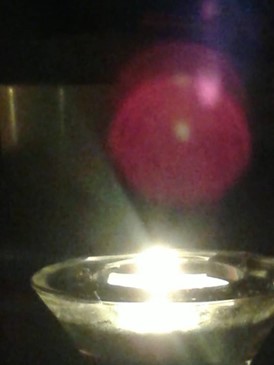A lens flare is a visible artefact in photographs caused by unwanted scattering and reflection inside the lens due to very bright light. Lens flares appear because modern photographic lenses comprise many layers of different elements. Each lens element is designed to bend the light in a certain way to create high-quality photographs.
However, not all the light will pass through the lens exactly as intended by camera designers. Some unplanned scattering, reflection, or refraction happens before the light rays hit the image sensor or bounce back out through the front of the lens. This phenomenon happens in every photograph, but it only becomes noticeable if the light source is sufficiently strong relative to its surroundings. For example, the sun, a spotlight, or a candle flame in a dark room.
Lens flares come in many different forms. Ghosts are geometric lens flares, whereas sunbursts manifest as spokes extending outwards from the light source. Usually, the shape depends on the lens aperture, meaning that a five-bladed aperture will produce five-sided or five-spoked shapes.

In cinematography, lens flare causes car headlights to be blurred into horizontal lines. This phenomenon occurs because special ‘anamorphic’ or oval-shaped lenses are used, unlike the spherical lens used in most cameras. Lens flares can also show up as a warm, hazy glow that “washes out” the photograph, reducing contrast and saturation. This occurrence can be observed in photos where the sun is outside the frame. As you can see, the exact form of the lens flare depends on many factors such as the lens aperture, direction of light source, type of lens and number of lens elements present.
Photographers are still divided in their opinions of this interesting light phenomenon. On the other hand, scientists regard lens flares as the perfect photographic evidence of the pretty side of physics.





